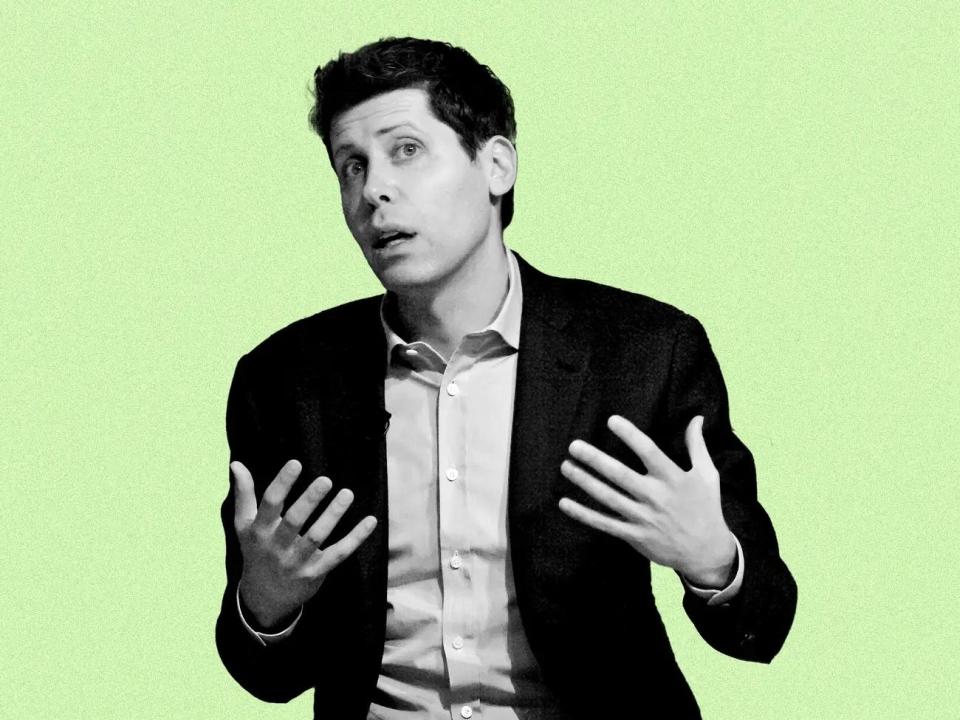WebApp#
1. Construct
\
3. Language -> 2. Adjective -> 5. Verb -> 6. Object
/
4. Subject
Syntax:: Deep
Subject
Verb
Object
1. Validity
\
3. Formula -> 2. Cost -> 5. Transparency -> 6. Datasets
/
4. Expertise
Transformation
Chomsky’s theory of
transformational-generativegrammar involves the idea of transforming a deep structure into a surface structure through various transformations. Here are some types of transformations in Chomskyan syntax:Also, Michel Foucault is subsummed here since verbs could be active or passive, implying hierarchy and power or lack thereof
Passivization:
Example: “The cat chased the mouse” (active) transforms into “The mouse was chased by the cat” (passive).
Clefting:
Example: “I saw the movie last night” transforms into “It was the movie that I saw last night.”
Question Formation:
Example: “She is reading a book” transforms into “Is she reading a book?”
Movement:
Involves moving constituents from one position in a sentence to another.
Example: “John will give a book to Mary” transforms into “To Mary, John will give a book.”
Extraposition:
Involves moving constituents to the end of a sentence.
Example: “I believe that the world is round” transforms into “I believe the world is round.”
Conjunction Reduction:
Example: “John likes coffee, and Mary likes tea” transforms into “John likes coffee, Mary tea.”
Relative Clause Formation:
Example: “The man who is sitting over there is my friend” transforms into “The man sitting over there is my friend.”
Equi-NP Deletion:
Example: “John likes coffee, and Bill does too” transforms into “John likes coffee, and Bill does.”
These transformations play a crucial role in Chomsky’s theory of syntax, allowing for the generation of a wide variety of sentences from a relatively small set of underlying structures. Keep in mind that the list is not exhaustive, and there are more transformations and variations within Chomsky’s framework.
1. Voir
\
3. Savoir -> 2. Good & Evil -> 5. Hierarchy -> 6. Relationships
/
4. Pouvoir
Metaphor
Increased ambiguity
Recipient can project their affect onto this ambiguity
Here
meaningbecomesparticipatoryCrux of the matter is
empoweringa client orPrincipalto regainAgencyTypically “informed” consent
Which really is a beautifully curated dataset
Sophistication, analytic capability, reaching inferences: give client the tools to achieve this
Nike, Apple, Microsoft, and Bloomberg have business models explicitly founded on this
This book … rr-vcs, rr-testing, and rr-ci. However, technical skills are just one aspect of making data science research “open for all”. Hence, in February 2020, The Turing Way expanded into a series of guides: Part 3: Apollo, pd, cm, cl, and er. Through community contributions, the project has grown into multiple guides, a global community and numerous resources built and shared by the members of our community.

Fig. 2 Black-Scholes-Merton. Easy to see how the pricing depends on the underlying distribution. Also why the academics stick to the European call option and don’t bother with the American version (the authors were American!)#
Lessons learned from The Turing Way will help design projects with reproducible, collaborative, and ethical research frameworks. It will also ensure that different stakeholders of research know which parts of the “responsibility of reproducibility” they can affect, and what they should do to ‘nudge’ research and data science to be more efficient, effective, and understandable.
Highlights from the First Impact Story from 2019
Changing the culture of data science
The Turing Way is an online handbook – and global community – dedicated to fostering gold-standard reproducible research. It’s a cultural movement with the potential to transform data science
There is a crisis of reproducibility in science.
‘Publish-or-perish’ incentives and excessive data secrecy stifle progress and waste resources: siloed science is slow science.
Visit The Alan Turing Institute website for the full impact story.
Note
A history section will be added soon in this chapter.
